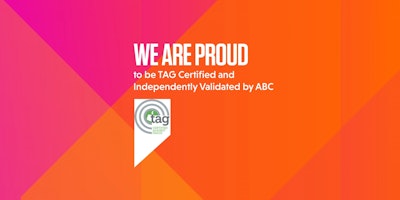
Tech products are almost never left in their original design form, for example, if you look at the original design of Twitter, it bears almost no resemblance to the popular social media platform many of us use today. Constant tweaks and adjustments, make them evolve into very different applications. That’s a good thing. It shows that tech teams are constantly striving for a better user experience and evolving with the needs of their users.
Here at MiQ, our technology layer is no different and is a key aspect of our strategy. Our tech and design tie directly into our company values. Our products were built rapidly, to serve our customers’ needs as they emerged, showcasing true agility that powered our success. They also are a tangible demonstration of our value of unity, supporting our internal teams to execute on our brand promise of better connected marketing through connecting disparate platforms, inventory, datasets into quick and easy-to-use interfaces.
But because our platforms were built rapidly, as the influence and scope of our technology grew, we noticed an increase in the inconsistencies around look, behaviour, and usability across our products. Like many other tech companies before us, our brand has matured. We knew it was time to establish clear guidelines on what MiQ should look, feel and sound like. We translated this into thoughtfully designed applications: and so our Fiber Design System was born.
Design systems are everywhere and it is important to merge beauty and functionality, to give people more confidence and joy when using applications.
While popular design systems, such as Material and Bootstrap provide a strong foundation, our industry and brand needs a high level of customization. Focusing on better connected marketing through data and media, means that effective display and access to data are key. Our visual data tables for example, were more complex than what was available in standard libraries. They had to be adapted to further improve readability of currency values and to allow our Trading team to take actions in bulk. So we decided to create a design system of our own.

What has the Fiber Design System done to help MiQ? It has dramatically improved the visual harmony and consistency of MiQ’s applications. A shared vocabulary between designers and developers was established and helped to make for a more productive and collaborative environment. Developers are now aware that every time a design is delivered, everything they see is documented in all its states and edge cases. They are confident that the development time won’t slip out of hand, because everything they see is already available in the design system, ready to use out of the box.
A custom design system does have to be maintained and adjusted, but it has so many benefits such as making product design more purposeful and honest, ultimately helping all your customers.
“The new design system helps to reduce our development time thanks to the standardized formats and central source of truth for product, design and tech teams. It also helps in avoiding simple mistakes which tend to get overlooked during fast-paced development. It also promotes learning since we can learn from other developer’s code during past projects – even if that developer has moved on.” – Rahul Gupta, Developer
If you want to know more about MiQ and Fiber:
- Like us on dribbble
- Check our open positions on the design team (Loc: London, Department: Product)
- Check out our previous post



